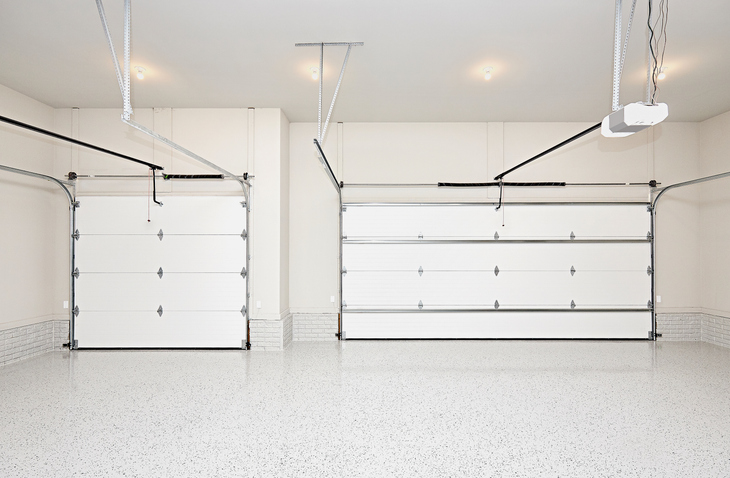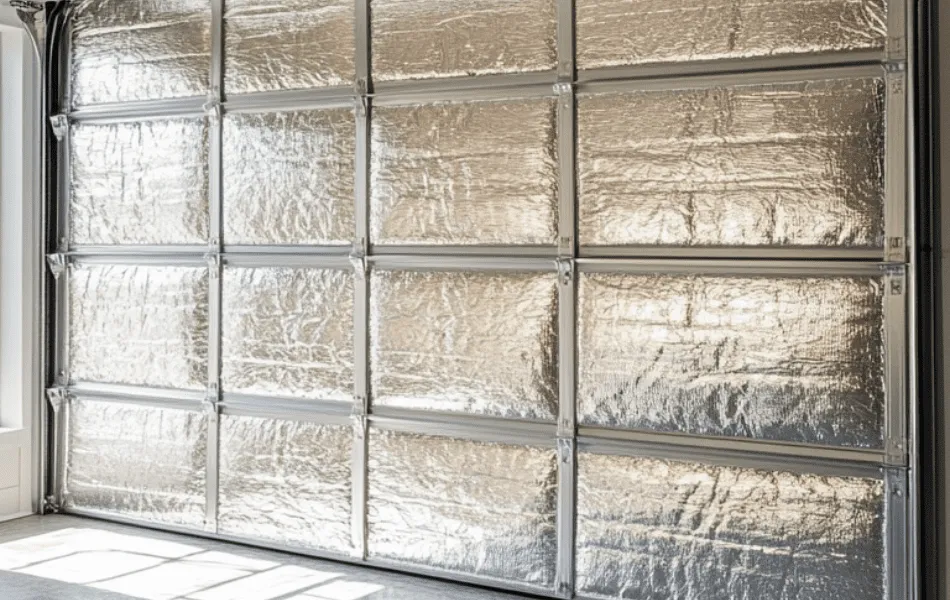Weatherproofing your garage door is an essential task that can save you money and improve the comfort of your home. Whether you live in a region with harsh winters, scorching summers, or somewhere in between, taking the time to protect your garage door from the elements is crucial. In this guide, we’ll explore how to weatherproof your garage door effectively.

Why Weatherproofing Your Garage Door Matters
Many homeowners overlook the importance of weatherproofing their garage doors. However, a well-maintained garage door can prevent heat loss, reduce energy bills, and enhance the overall security of your home. By sealing gaps and insulating your garage door, you can keep your garage comfortable and protect your belongings from extreme temperatures.
Energy Efficiency
One of the primary benefits of weatherproofing is improved energy efficiency. A garage door that is properly sealed and insulated helps maintain a stable indoor temperature. This means your heating and cooling systems won’t have to work as hard, resulting in lower energy bills.
Protection Against the Elements
Weatherproofing also shields your garage from rain, snow, wind, and pests. By keeping moisture out, you reduce the risk of mold and mildew growth, which can damage both your property and health.
Enhanced Security
A weatherproofed garage door is more secure. By sealing gaps and reinforcing the door, you make it harder for potential intruders to gain access to your home.
Steps to Weatherproof Your Garage Door
Inspect and Clean
Start by inspecting your garage door for any visible damage or signs of wear. Clean the door thoroughly to remove dirt and debris that could interfere with the weatherproofing process.
Seal Gaps and Cracks
Use weatherstripping to seal any gaps around the edges of the door. Pay special attention to the bottom seal, as this is a common entry point for drafts and pests.
Insulate the Door
Consider adding insulation to your garage door to improve its thermal performance. Insulation kits are available at most home improvement stores and can be installed relatively easily.
Install a Threshold Seal
A threshold seal can be installed at the bottom of your garage door to keep out water and debris. This is especially important if you live in an area prone to heavy rainfall.
Check and Replace Weatherstripping
Regularly check the weatherstripping around your garage door and replace it as needed. Over time, weatherstripping can become brittle and less effective.
Maintenance Tips for Longevity
Regular Inspections
Perform regular inspections of your garage door to catch any potential issues early. Look for signs of wear, rust, and damage.
Lubricate Moving Parts
Keep the moving parts of your garage door well-lubricated to ensure smooth operation. This includes hinges, rollers, and tracks.
Test the Door Balance
Test the balance of your garage door periodically. An unbalanced door can strain the opener and lead to premature wear.
Additional Resources
For more tips on maintaining your garage door, check out this DIY guide. You can also learn more about residential garage door trends for 2025.

Frequently Asked Questions
Why is weatherproofing my garage door important?
Weatherproofing helps reduce energy costs, protect your belongings, and enhance security by sealing gaps and insulating the door.
How often should I check the weatherstripping?
You should inspect the weatherstripping at least twice a year and replace it as needed to ensure effective sealing.
Can I install garage door insulation myself?
Yes, many homeowners choose to install insulation kits themselves. These kits are widely available and come with instructions for easy installation.
This article contains affiliate links. We may earn a commission at no extra cost to you.










